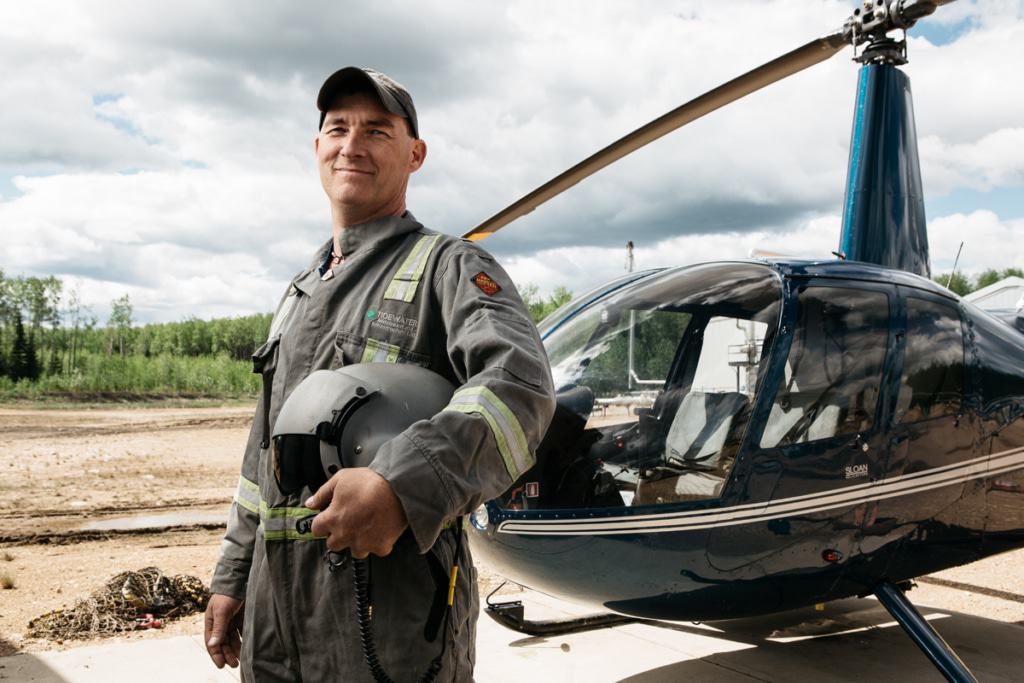| Funding: | $281,500 |
| FRIAA Participant: | fRI Research sponsored by Blue Ridge Lumber |
| Status: | Ongoing |
The unprecedented in-flight of Mountain Pine Beetle (MPB) to Alberta in 2009 created new challenges for the forest industry. The effects of MPB have been damaging to pine forests across North America and the issue has taken on a unique shape in Alberta. Government and industry have both undertaken research and are learning how to deal with the problem. FRIAA’s Mountain Pine Beetle Forest Rehabilitation Program (MPBFRP) provides funding for projects to help address and understand the impact of MPB with the goal of keeping Alberta’s forests healthy.
MPB infestation poses different challenges here in Alberta than it does in the USA and BC, where most of the current research is coming from. fRI Research saw the need to better understand the impact of MPB specifically in Alberta. They partnered with Blue Ridge Lumber Inc. to undertake an applied research project with MPBFRP funding. The aim of the project is to help decision makers understand how to plan MPB rehabilitation strategies. The project doesn’t necessarily generate new knowledge, but it uses the current state of knowledge to inform planning.
In forestry, we do quite a bit of long-term planning,” says Axel Anderson, Water Program Lead at fRI Research. “We often look 100, 200 years into the future. In the case of Mountain Pine Beetle, there is no long-term planning knowledge right now. We needed to start looking into the implications of different MPB rehabilitation programs and how to create effective planning and modelling strategies. How can we consider all the different forest values as we address the MPB issue? How do our plans address wildlife, watershed, timber supply, ecosystems, and social values all at the same time?”

The project drew upon existing and emerging modelling practices within forestry to start making the most effective plans for collaboratively addressing MPB in Alberta. “Timber has unique planning and modelling priorities, ecology has unique planning and modelling priorities, recreation has unique planning and modelling priorities, etc. So, we took the planning and modelling research from across perspectives, and we’re using it to create integrated planning tools to directly inform decision makers about strategies to rehabilitate MPB damaged landscapes,” explains Axel.
The project has discovered some significant differences in Alberta’s forests disturbed by MPB. “We found that there is a considerable amount of dead pine because of MPB, but it’s very dispersed. This is different than in BC, for example, where the attacks are very concentrated and severe,” says Axel. “These kinds of discoveries will help to inform future research and current planning.”
The project is still ongoing and continues to shift focus as more is discovered about MPB. Axel explains:
MPB could be devastating to the Foothills region and other regions in Alberta if we don’t continue to address the problem. Programs like this are so important to increase our collective knowledge.”
